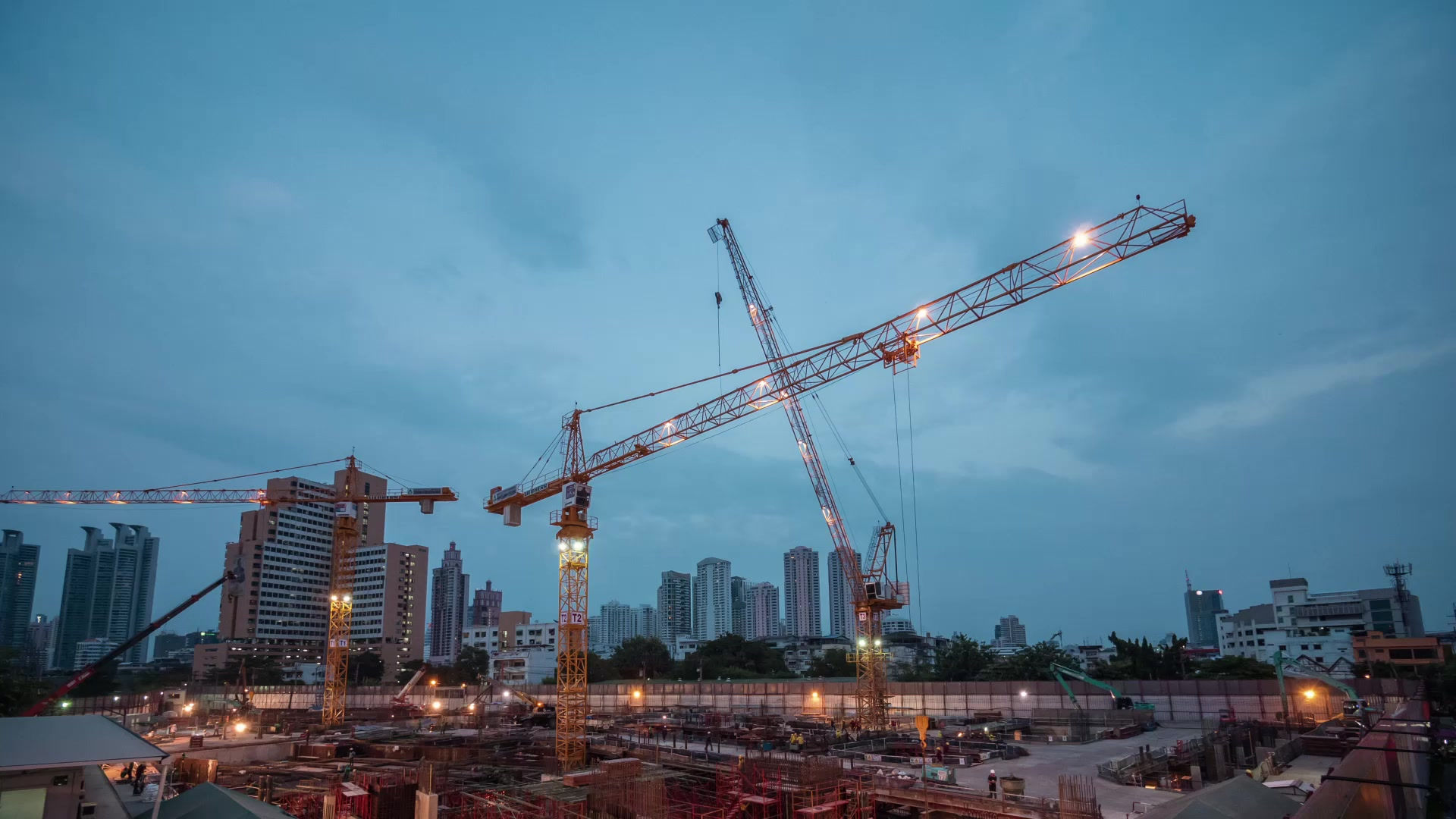Innovations in Reinforcing Steel Drawings
- Joitech

- Oct 23
- 4 min read

Reinforced concrete structures are the backbone of modern infrastructure. From skyscrapers to bridges, reinforcing steel provides the strength and durability that concrete alone cannot deliver. As construction demands grow more complex, so do the methods used to design, document, and manage reinforcement. Today, innovations in reinforcing steel drawings are reshaping the industry, making processes more precise, efficient, and collaborative.
In this guide, we’ll explore the latest breakthroughs in structural steel detailing innovations, digital tools, and advanced modeling methods that are transforming how engineers and contractors approach reinforcement.
The Evolution of Reinforcing Steel Drawings
Traditionally, reinforcing steel (rebar) drawings were produced manually. Draftsmen created detailed plans by hand, which often left room for misinterpretation and costly errors. As projects became more ambitious, the industry needed more efficient tools.
Enter computer-aided design (CAD). Over the past few decades, CAD replaced hand-drawn sketches, offering greater precision and faster revisions. But the real revolution lies in today’s advanced rebar detailing software and 3D tools, which go far beyond basic drafting.
Reinforcing Steel Detailing Innovations
With construction schedules becoming tighter, efficiency and accuracy are critical. That’s why reinforcing steel detailing innovations are so impactful. Some of the most important advancements include:
Parametric design tools: These allow changes in one part of the drawing to automatically update across the entire model.
Cloud collaboration: Engineers, architects, and contractors can view and edit drawings in real time, improving coordination and reducing delays.
These innovations not only reduce errors but also speed up project delivery, giving firms a competitive edge.
Advanced Rebar Detailing Software
Modern projects require precision at scale. That’s where advanced rebar detailing software steps in. Unlike traditional CAD systems, these tools are specifically designed for reinforcement design and documentation.
Key Features of Modern Rebar Software
Automatic bar scheduling: Instantly generate bending schedules and quantity take-offs.
Error reduction: Intelligent algorithms reduce the likelihood of misplacements.
Digital Data Export: Select area Barlist data can be exported and sent to fabricators.
Integration with construction workflows: Many systems integrate directly with fabrication equipment, reducing manual work.
Time savings: What once took weeks can now be achieved in days.
This kind of software not only streamlines the design process but also ensures compliance with international building codes, making it indispensable for global projects.
3D Modeling in Steel Reinforcement
One of the most transformative shifts is the adoption of 3D modeling in steel reinforcement. Unlike 2D drawings, 3D models allow teams to visualize reinforcement in a real-world context.
Why 3D Modeling Matters
Enhanced visualization: Engineers and contractors can clearly see how reinforcement fits within the overall structure.
Reduced conflicts: Clash detection ensures reinforcement doesn’t interfere with plumbing, HVAC, or electrical systems.
Better communication: 3D models make it easier to explain design intent to clients and non-technical stakeholders.
Furthermore, 3D modeling facilitates digital twins, where a virtual replica of the project is maintained throughout its lifecycle for ongoing maintenance and monitoring.
BIM Technology for Steel Structures
Perhaps the biggest game-changer in the field is BIM technology for steel structures. Building Information Modeling (BIM) integrates all aspects of design, construction, and operation into a single digital environment.
Benefits of BIM in Reinforcement Design
Data-rich models: Every piece of rebar carries metadata, including size, weight, and placement.
Collaboration-friendly: All project stakeholders can access the same model, reducing miscommunication.
Lifecycle support: BIM isn’t just for design—it also supports construction, operation, and maintenance phases.
Sustainability gains: Optimized rebar placement reduces waste and lowers environmental impact.
BIM has become the new standard in many regions, making it essential for firms looking to stay competitive in today’s digital-first construction industry.
Future Trends in Reinforcing Steel Drawings
The innovations we see today are only the beginning. Here are some trends shaping the future of reinforcement design:
Artificial intelligence (AI): Predictive algorithms that suggest optimal reinforcement layouts.
Augmented reality (AR): On-site visualization of reinforcement plans via AR headsets.
Automation in fabrication: Direct integration between digital models and robotic bending/cutting machines.
Green construction: Software that optimizes rebar use for sustainability goals.
As these technologies mature, the industry will see even greater efficiency, cost savings, and structural safety.
Final Thoughts
The construction industry is moving toward smarter, more digital solutions every day. Innovations in reinforcing steel drawings are helping engineers, contractors, and architects deliver projects that are faster, safer, and more sustainable. From reinforcing steel detailing 2D CAD innovations to 3D modeling in steel reinforcement and BIM technology for building construction, the future of reinforcement detailing support is here—and it’s more collaborative than ever.
FAQs
1. What are reinforcing steel drawings?
They are detailed plans showing how reinforcement (rebar) should be placed within a concrete structure for strength and durability.
2. How does advanced rebar detailing software improve accuracy?
It automates schedules, detects clashes, and integrates with fabrication tools, minimizing human error.
3. Why is 3D modeling in steel reinforcement important?
Because it provides clearer visualization, reduces conflicts with other systems, and enhances communication between stakeholders.
4. What role does BIM technology play in construction?
BIM integrates design, construction, and maintenance into a single model, improving collaboration and efficiency.
5. Are these innovations cost-effective?
Yes. While software and training involve upfront costs, the long-term savings from reduced errors and faster project delivery far outweigh them.





Comments